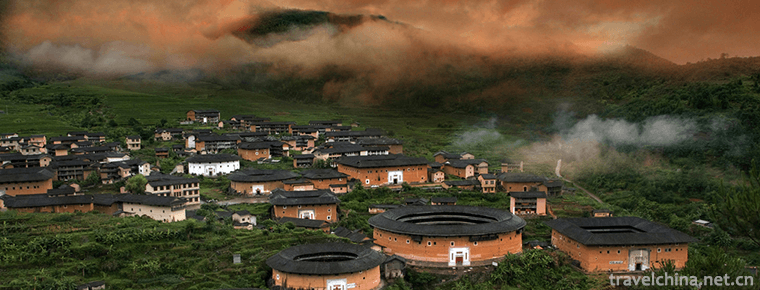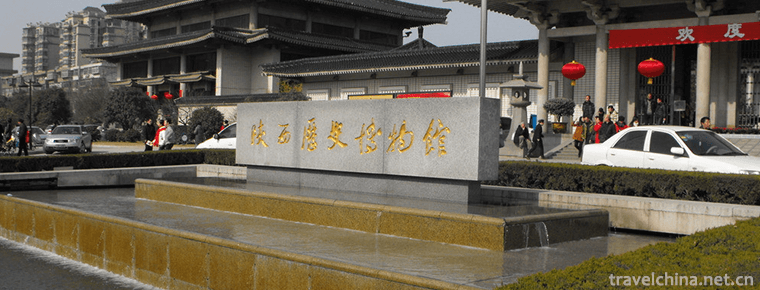Great Wall of Ming Dynasty in Datong County
Great Wall of Ming Dynasty in Datong County
According to documents, the Great Wall of Qinghai Province in the Ming Dynasty was built in the middle of the Ming Dynasty. It lasted 51 years from 1546 to 1596.
brief introduction
The construction process has gone through three stages. The Great Wall of the Ming Dynasty, located in Datong County, Xining City, was built in the six years of Longqing in the Ming Dynasty. It is about 29 miles long and situated on the ridges of Niangniang Mountain, Laoye Mountain and Mutual Aid Wufeng Mountain. From the current situation of the Great Wall preservation in the whole province, the Great Wall of Ming Dynasty in Datong is a relatively complete preservation section, and is also the essence part of the Great Wall of Ming Dynasty in Qinghai Province. In 1986, it was approved as a key cultural relics protection unit at the county level, and in 1988, it was approved as a key cultural relics protection unit at the provincial level.
Summary
The Great Wall of Datong Ming is the highest site of the Great Wall of Ming Dynasty in the world. It is 50245 meters old. It begins at the junction of Datong and Huzhu County in the East and ends at the junction of Datong and Huangzhong County in the west. From Lao Ye Mountain to Beichuan River, from Xiaoshishan Mountain to Gongbeiling Mountain, the Great Wall not only concentrates many enemy buildings, Guancheng, Yingcheng, Sanctuary and beacon towers, but also integrates ingeniously with the lofty and steep natural mountains, forming an easy-to-defend and difficult-to-attack momentum, which has high aesthetic value and is praised by experts as Badaling Mountain in Qinghai. In 2007, the Ming Dynasty Great Wall site in Datong County was listed in the National Great Wall Protection Plan. This is the highest known site of the Great Wall of the Ming Dynasty in the world. According to the textual research of domestic experts in recent years, it is found that the Great Wall of Datongming is a defense system built around Xining Wei, which is called the Badaling Great Wall of Qinghai.
History
According to historical records, the Great Wall of Ming Dynasty in Xining was built by Wang Jifang and Zhou Jing, Deputy military envoys of Xining, in the twenty-fifth year of Jiajing in the Ming Dynasty (1546 A.D.), and then completed the project of the Great Wall of Xining in Qinghai after many large-scale constructions in the first year of Longqing, the sixth year of Longqing, the first year of Wanli, the second year of Wanli and the twenty-fourth year of Wanli.
The Great Wall of the Ming Dynasty in Datong was repaired twice in the Qing Dynasty. According to Xin Zhi Jianjian of Xining Prefecture, "In the ten years of Yongzheng of the State Dynasty, Shijie, Minister of Printing of the General Officer of Xining, invited work to be restored. In the ten years of Qianlong reimbursement, Zhang Du of Tongzhi County made donations to the disabled areas. Although there were gains and losses in the trenches, the scale was still the same." "The scale is still the same" indicates that although the Great Wall of Ming Dynasty in Xining at that time underwent second repair, it did not change the original appearance of the Great Wall of Ming Dynasty, nor did it undergo "re-repair".
On March 25, 2008, the provincial Bureau of Cultural Relics and the provincial Bureau of Surveying and Mapping formed an investigation team to investigate it. At present, the Great Wall of Datongming has been listed in the National Great Wall Protection Plan, which is a national key protection unit. In order to preserve this rare historical landscape and further enrich the connotation of historical and cultural tourism around Xining, Datong County recently hired experts from Lanzhou University and Dunhuang Art Research Institute to make a comprehensive investigation of the Ming Great Wall site. Based on the investigation results, a detailed "Datong County Ming Great Wall Protection Plan" was formulated to build the Great Wall of Datong into a public site of the Ming Great Wall. Park, ultimately achieve the goal of protection and development win-win. At the same time, the emergency reinforcement project of Datongming Great Wall has been declared and approved by the State Administration of Cultural Relics. The preliminary design and planning work is under way.


-
Canton Tower
Located in Guangzhou Haizhu District (Yizhou Island) near the Chigang Tower,.
Views: 160 Time 2018-10-12 -
Fujian earth building (Fujian Tulou)
Fujian Tulou is also called "Hakka Tulou" because most of it is built by Fujian Hakka people. Tulou came into being in Song and Yuan Dynasty and matured in the late Ming.
Views: 174 Time 2018-12-08 -
Pavilion of Prince TengTengwang pavilion
Tengwang Pavilion, one of the three famous buildings in the south of the Yangtze River, is located on the East Bank of Ganjiang River along the Yangtze River Road in the northwest of Nanchang City, Ji.
Views: 165 Time 2018-12-08 -
Shaanxi History Museum
Shaanxi History Museum, China's first large-scale modern national museum, the first batch of China's "AAAA" class tourist attractions, known as the "ancient capital pearl,.
Views: 141 Time 2019-02-08 -
Legend of Anima Qingxueshan
The Legend of Anima Qing Snow Mountain refers to the legendary Anima Qing Mountain God, who is a powerful and upright God riding a high-headed white horse, holding a Mani bag (a treasure)..
Views: 186 Time 2019-03-28 -
Three Old People of Korean Nationality
Three Koreans are the traditional folk opera form of the Korean nationality in China. It is composed of three actors who perform in the role of the elderly and merge the forms of Korean opera singing.
Views: 356 Time 2019-04-16 -
Dujiangyan Drainage Festival
The Qingming Drainage Festival is a traditional festival in Dujiangyan, Sichuan Province. Every year during the Qingming Dynasty, Dujiangyan City welcomes the annual Qingming Drainage .
Views: 233 Time 2019-04-28 -
polyphonic folk song
Multi-voice folk song refers to a couple or a group of singers singing two or more voices at the same time. Some people call it "two-voice folk song" and "polyphony folk song"..
Views: 126 Time 2019-04-28 -
Legend of Camel Spring
Camel Spring is a provincial key cultural relic protection unit and a patriotic education base. Located in Jiezi Township Unity Village, with convenient transportation and direct access to tertiary oi.
Views: 142 Time 2019-05-15 -
Yongchun Paper Weaving Painting
"Yongchun County Chronicle" records: "In the early Tang Dynasty, Yongchun had the production of paper-woven paintings. Yongchun paper weaving painting features: interwoven paper marks, .
Views: 170 Time 2019-07-14 -
Ding Zhens voice is on the rise and the tiktok of Ganzi Sichuan has doubled
In November 11th CCTV news and Oriental tiktok were put on a short video of the tremble. Ding Zhen, the "sweet boy" in the video, triggered a phenomenal network event with a transmission volume of more than 5 billion times. At the same time, Ding Zhen also became the propaganda Ambassador of his hometown Litang County, driving the search volume of "Litang" to soar by 620%..
Views: 85 Time 2020-12-07 -
Mianyang secondary industry
In 2019, the added value of industries above Designated Size in Mianyang will increase by 10.0%, 2.0 percentage points higher than the provincial average level, and the production and sales rate of Industrial Enterprises above designated scale .
Views: 359 Time 2020-12-14











